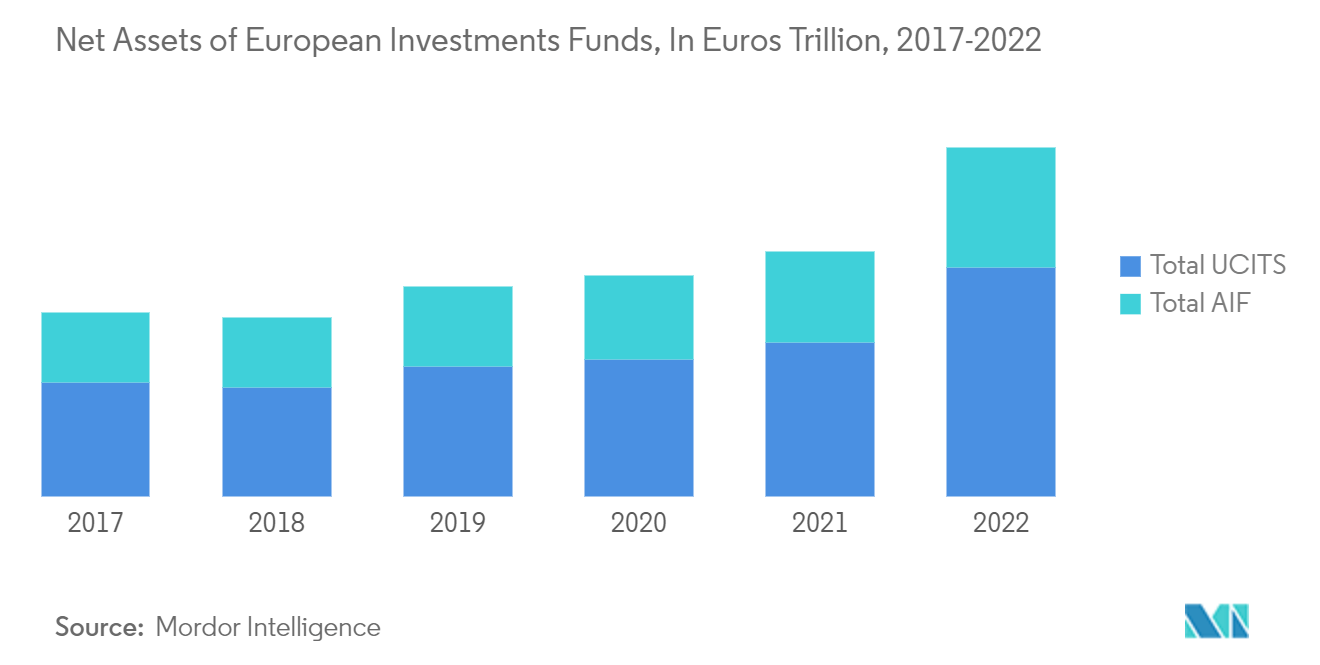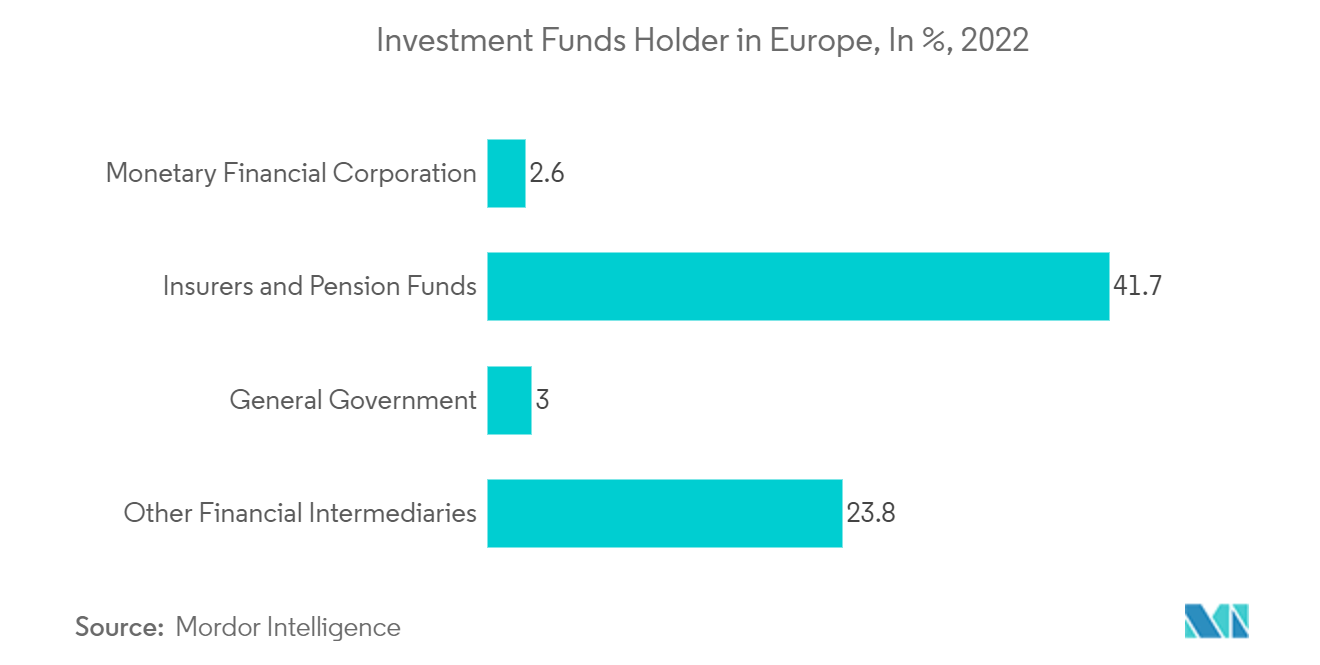Market Trends of Europe Mutual Fund Industry
Investment Funds Domiciled in Europe
The mutual fund industry in Europe is quite robust, with a wide range of investment funds domiciled in various European countries. These funds offer investors the opportunity to diversify their portfolios and gain exposure to different asset classes, regions, and investment strategies. One of the most popular types of investment funds in Europe is the Undertakings for the Collective Investment in Transferable Securities (UCITS) funds. These funds adhere to a set of regulatory standards established by the European Union (EU) and can be marketed and sold across EU member states. UCITS funds offer a high level of investor protection and are subject to strict regulations regarding portfolio diversification, risk management, and disclosure requirements.
European investment funds can be domiciled in various countries, including Luxembourg, Ireland, Germany, France, and the United Kingdom. Luxembourg and Ireland are particularly popular due to their favorable regulatory frameworks, tax advantages, and expertise in fund administration. Many asset managers choose to establish their funds in these countries to take advantage of their well-established fund industries. European investment funds offer a wide range of investment strategies to cater to different investor preferences and risk appetites. These strategies may include equity funds, fixed-income funds, balanced funds, money market funds, alternative investment funds (e.g., hedge funds or private equity funds), and socially responsible investment (SRI) funds. Investors can choose funds that align with their investment objectives and preferences.
European investment funds are subject to regulatory oversight by national regulatory authorities, such as the Commission de Surveillance du Secteur Financier (CSSF) in Luxembourg, the Central Bank of Ireland, or the Financial Conduct Authority (FCA) in the United Kingdom. Additionally, the European Securities and Markets Authority (ESMA) plays a crucial role in ensuring the consistent application of regulations across the EU and promoting investor protection. Under the UCITS framework, investment funds domiciled in one EU member state can be passported to other member states, allowing for cross-border distribution without the need for separate regulatory approval in each country. This has facilitated the marketing and sale of investment funds across Europe, providing investors with a wide range of options from different fund managers.

Fund Wise Segmentation of AuM
The segmentation of assets under management (AuM) in the European mutual fund industry can vary depending on various factors such as asset class, investment strategy, fund type, and investor preferences. While it is challenging to provide an exhaustive breakdown of AuM by the fund in real time, it can provide a general overview of the common fund categories and their approximate share of AuM based on historical trends. Equity funds invest primarily in stocks and shares of companies. They can be further categorized based on geographic regions (e.g., European equities, global equities) or investment styles (e.g., value, growth, small-cap, large-cap). Equity funds are often popular among investors seeking long-term capital appreciation. They tend to attract a significant portion of AuM in the European mutual fund industry.
Fixed-income funds invest in debt securities such as government bonds, corporate bonds, and other fixed-income instruments. They may focus on specific bond sectors like government bonds, high-yield bonds, or investment-grade corporate bonds. Fixed-income funds are favored by investors seeking regular income and relatively lower-risk investments. Balanced funds, also known as asset allocation or mixed funds, invest in a combination of equities, fixed-income securities, and sometimes other asset classes like cash or alternative investments. These funds aim to provide a balanced approach to risk and return, targeting both capital appreciation and income generation. Balanced funds can be suitable for investors looking for a diversified investment portfolio.
Money market funds invest in short-term debt securities such as Treasury bills, commercial paper, and certificates of deposit. They focus on preserving capital and providing liquidity. Money market funds are commonly used by investors for cash management purposes or as a temporary parking place for funds. Alternative investment funds cover a broad range of strategies that are distinct from traditional equity and fixed-income investments. These funds can include hedge funds, private equity funds, real estate funds, infrastructure funds, and commodity funds. Alternative investment funds typically aim to achieve absolute returns or provide exposure to non-traditional asset classes.

